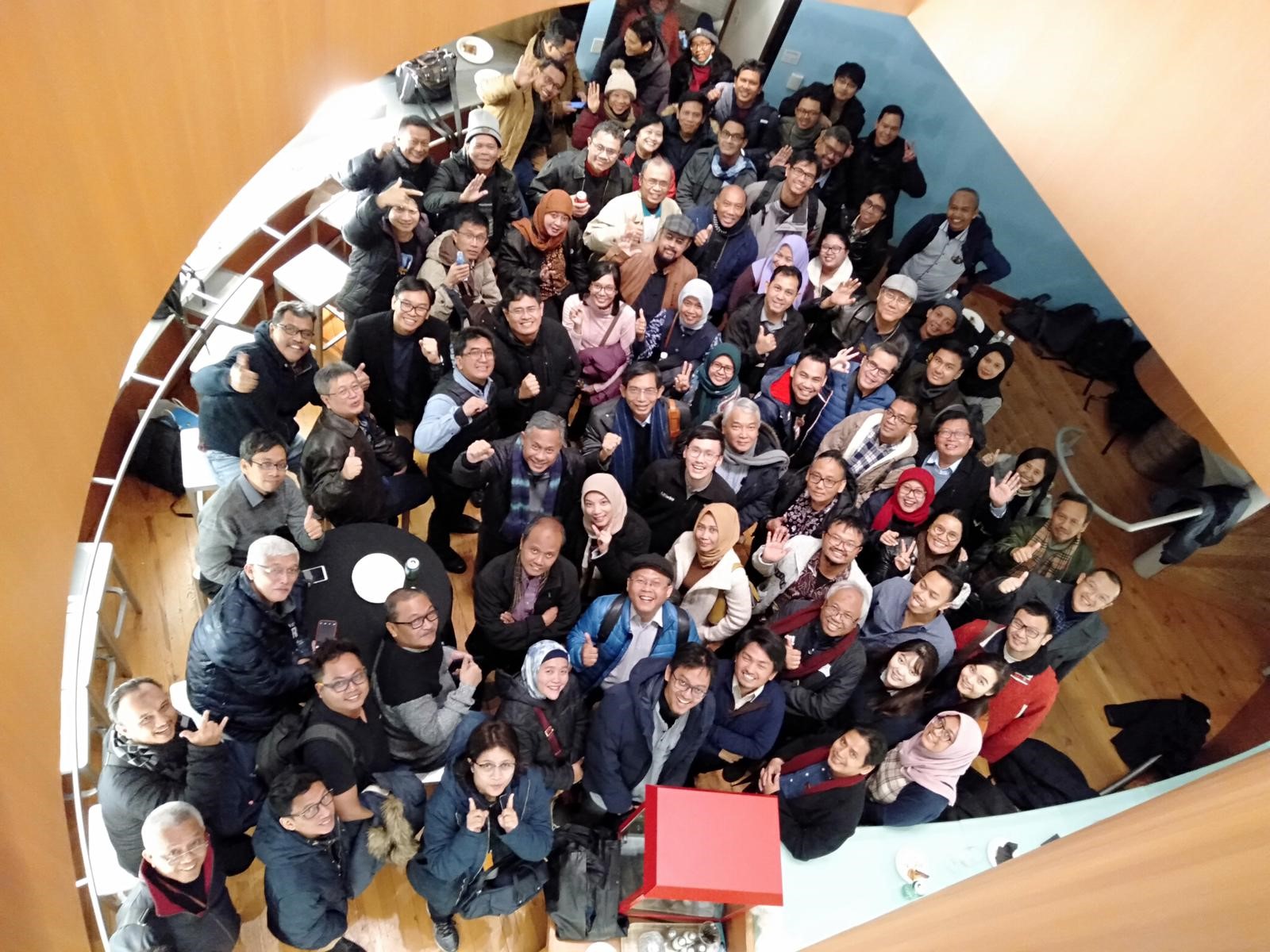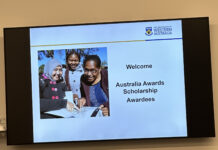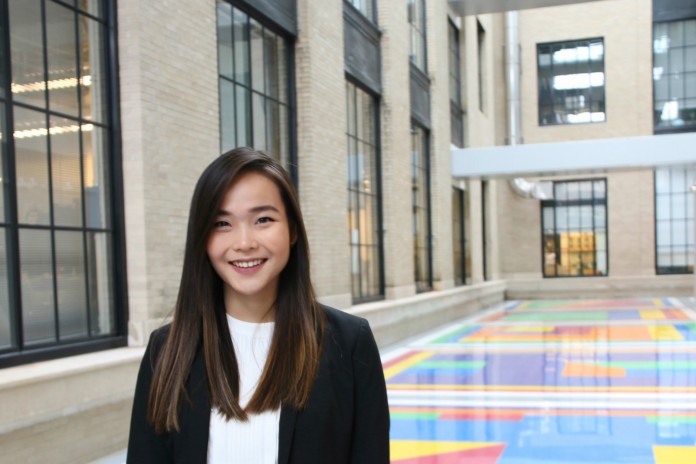Our contributor Fransisca Susan is a second year PhD Student at MIT. Susan shares her story of studying Operations Research (OR) at one of the best universities in the world and tells us why she falls in love with her field of study.
————————————————————
“Oh, you’re studying at MIT?”
“What do you study?”
I typically reply, “I’m a graduate student in Operations Research.”
“What? What research?” (cue puzzled look).
Every time people ask about my field of study, the following conversations fall in the same vein, all stemming from confusion around the perception and understanding of the field of Operations Research (OR), outside of the field itself. As an easy way out, I’ve settled with industrial engineering, applied math, or computer science, depending on my mood and the background(s) of the interlocutor(s). Honestly, the confusion is an understandable one, as the concept of OR eluded me as well until my Senior year at MIT. Back then, a professor I respected introduced me to the field of OR using this (surprisingly informative) video and suggested that I apply to an OR program because it suited my interests.
So, what is OR? OR is the discipline of applying analytical and mathematical methods to make better decisions (or you can read MIT’s definition here). OR principles and techniques are ubiquitous, forming the building blocks of decision making in our everyday life, ranging from buying flights, online shopping, and grocery shopping, to commuting to work and hospital appointment scheduling, in which they help to save lives, create more economic value for both consumers and businesses, and improve efficiencies in various aspects of our lives. Personally, I think of OR as math applied in the real world, making a real difference, and I find it easiest to get a feel of the OR field through examples.

In the logistics and transportation industries, increasingly more people and products need to be moved around the world. Consumers expect everything to go smoothly, they want their packages to arrive instantaneously and their flight experience to be uneventful. OR is often applied in these industries to find the most efficient shipping routes, to minimize carbon footprint, to make decisions on whether and where a new logistic center should be opened, to optimize the number of workers needed for package delivery, and much more. In hospitals, employing OR techniques can be the difference between life and death. It is crucial to decide the size of medical staff and spaces required to accommodate every patient promptly, and OR concepts such as queuing theory and predictive analytics enable hospitals to predict, control, and exploit natural variances in patient volume and duration of treatment, maximizing patients’ health outcomes. In a Formula 1 race, multiple OR approaches such as risk analysis, game theory, and simulation are employed to decide where the optimal points to stop and refuel are, depending on the routes and the opponents. In an online platform, every time a consumer searches for an item, the platform optimizes the ranking of items to improve consumer experience in pursuit of profits. Here, OR modeling utilizes patterns in a consumer’s browsing and shopping behavior, which is then optimized for both consumer satisfaction and business profit.
In fact, if by now you think that OR resembles Artificial Intelligence (AI), you are more right than wrong. In a broader view, AI can be thought of as the discipline of building machines with intelligent behavior, and as such, OR would be a part of AI, albeit not from a classical research point of view. In other words, you cannot have intelligent behavior (AI) without optimal decision making (OR). OR and AI complement each other, and a better AI system produces more accurate predictions to be fed to the OR model, while a better OR model makes AI more usable in the decision-making process. On the other hand, if you can’t tell the differences between OR and Industrial Engineering (IE), you are not alone, as I was also confused initially. My understanding is that IE is the engineering part of OR, and IE is to OR what Chemical Engineering is to Chemistry or Mechanical Engineering is to Classical Mechanics. These analogies do not fully capture the differences and similarities between the two, especially when the lines between them are becoming increasingly blurry.
Historically, OR emerged just before World War II when the British and American military gathered scientists, engineers, and mathematicians from various disciplines to apply the scientific approach in solving strategic and tactical military operations problems. The first successful OR application was on deciding the optimal way to drop a time fuse bomb from an aircraft on to a submarine. The success of OR in improving war strategies gained civilian attention and OR evolved to become a mathematical tool to support decision-making processes in management. The field rapidly expanded over the years, such that attempts to holistically define OR always sparks fiery debates within the community because of its comprehensiveness and extensiveness.
OR is now flourishing in many fields due to an abundance of data, vast availability of computing power, fast speed of communication, and other plentiful resources that create limitless possibilities. Arguably, we are facing some of the toughest issues humanity has encountered, from the ongoing corona virus epidemic and outbreak, climate change, misuse of biotechnology, data privacy, (un)ethical AI, etc. The OR community has actively been part of the solution. Some examples include using analytics to plan the transition to a net-zero carbon emissions world in combating climate change and using OR methods to come up with innovative and unexpected new approaches in providing healthcare to patients in impoverished communities suffering from chronic illnesses. Another example (that is actually related to Indonesia) is the work by Prof. De Zegher that uses methods in mechanism design and game theory to design a crowdsourcing market information platform for informal producers, which was rolled out for palm oil producers in Riau through a mobile application called PemPem. Their goal is to create a more efficient palm oil market and help palm oil farmers to be better informed. This is what I love about the OR community-relentless in their pursuit of the betterment of society.

Personally, I have always been passionate about solving complex real-world problems using mathematical tools, especially on impactful and tangible issues. Being a PhD student in Operations Research allows me to apply the interdisciplinary knowledge from various fields – algorithmic methods from computer science, real analysis from pure mathematics, statistics, or game theory from economics – to tackle impactful real-world problems. One of my major takeaways, coming into OR from a mathematics and computer science major (in undergrad), is to be more pragmatic. As a mathematician by training, I always strive to figure out the nitty-gritty details behind every problem, which has served me well in the past. Yet I have come to realize that complete understanding is a luxury, so I learn to put on my engineering hat to look for a solution that works, especially in answering some of my research questions, and performing further iterations to improve the solution as time permits.

I am currently in my second year, and I can tell you that I am (still) thrilled that I decided to pursue a graduate study in OR and am genuinely excited about my research. Of course, there are ups and downs in being an OR PhD student, but I love every part of it. If you have any questions about the field in general, graduate/undergraduate programs in OR, or others, do reach out and I’d be happy to chat! 🙂









